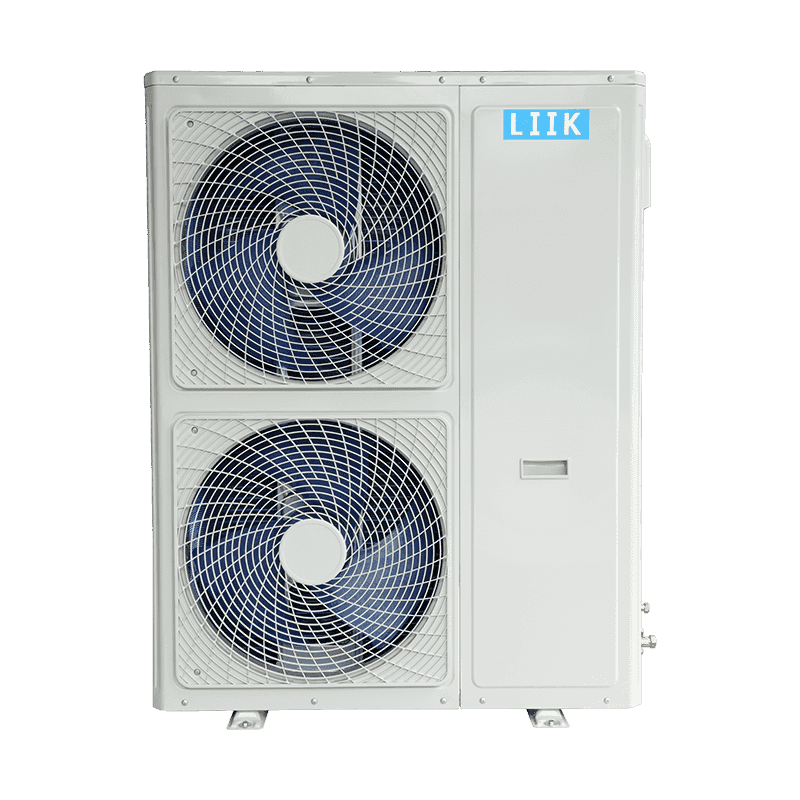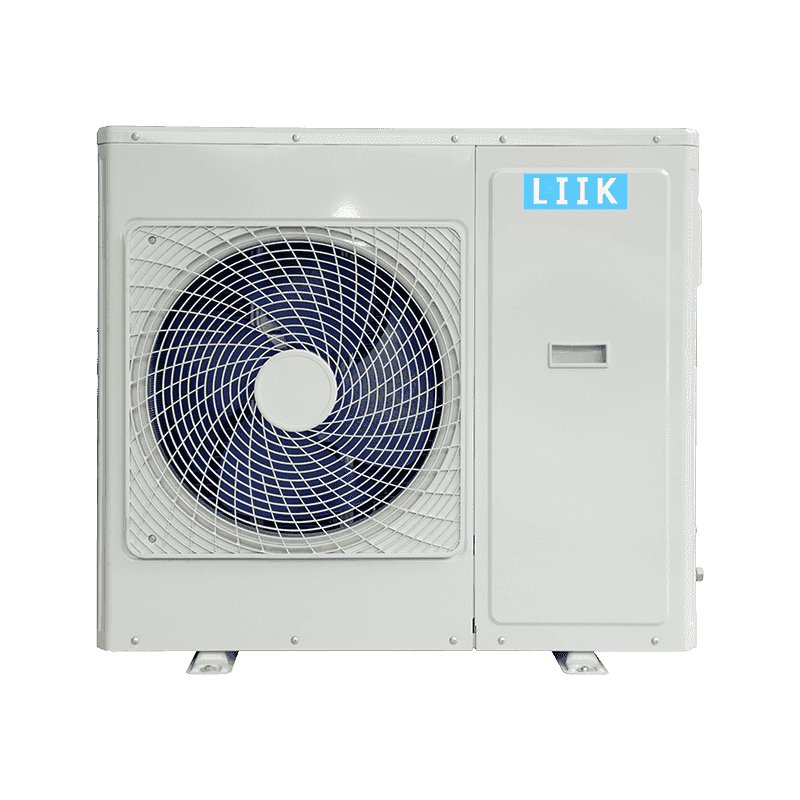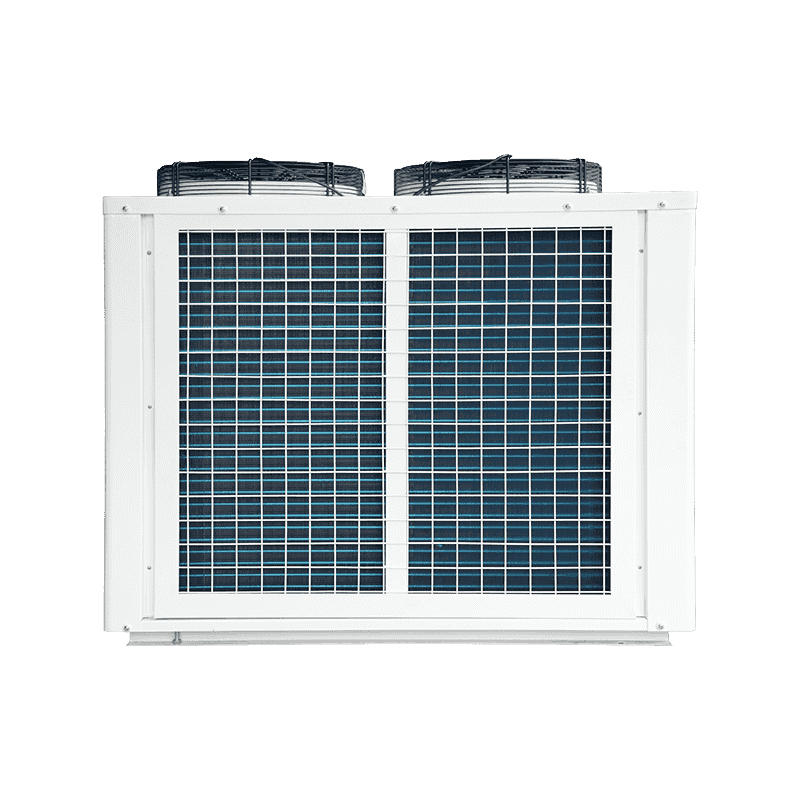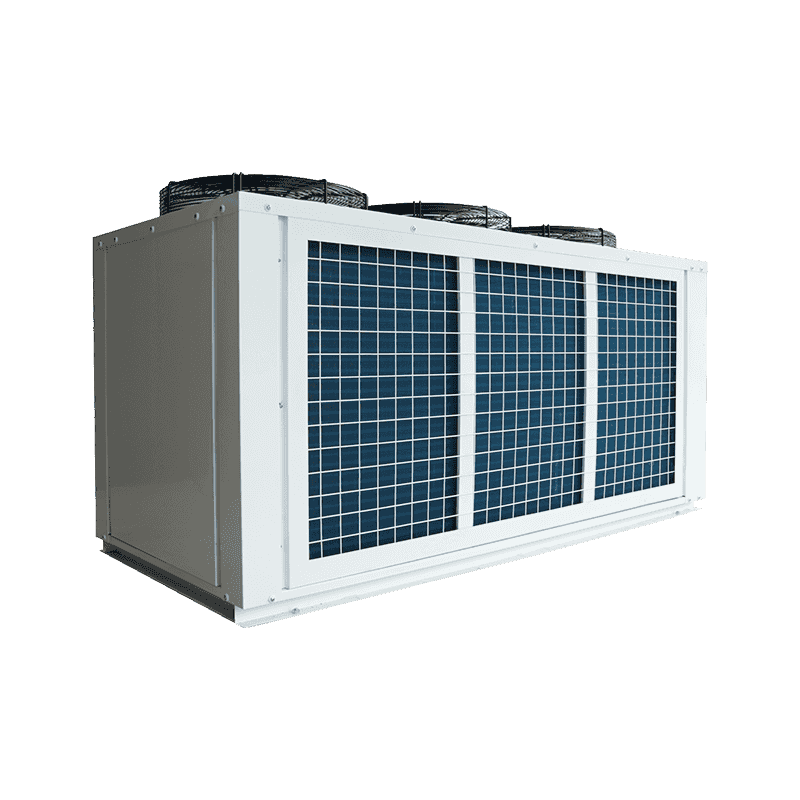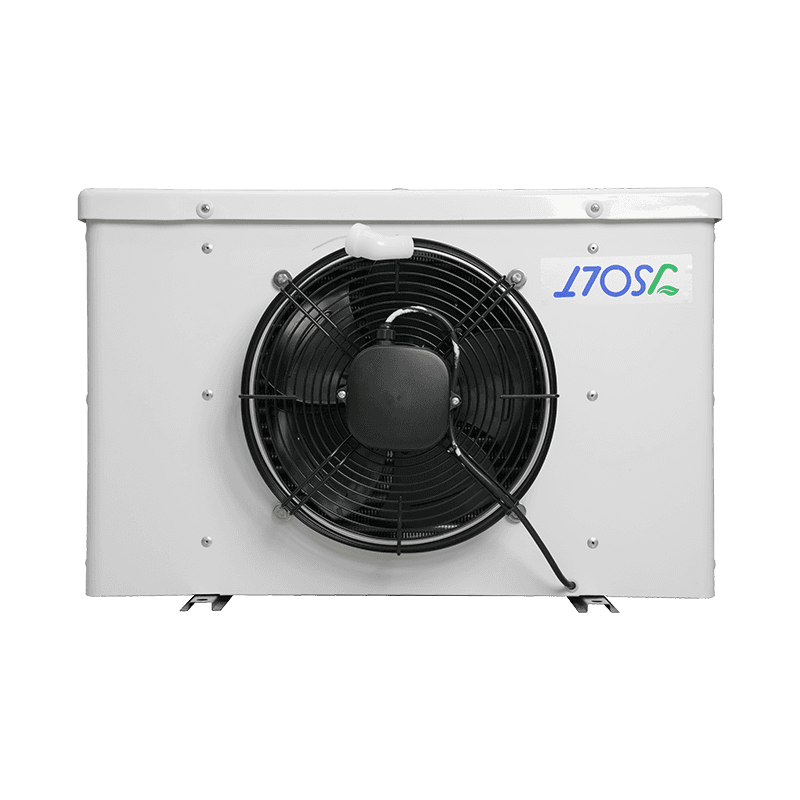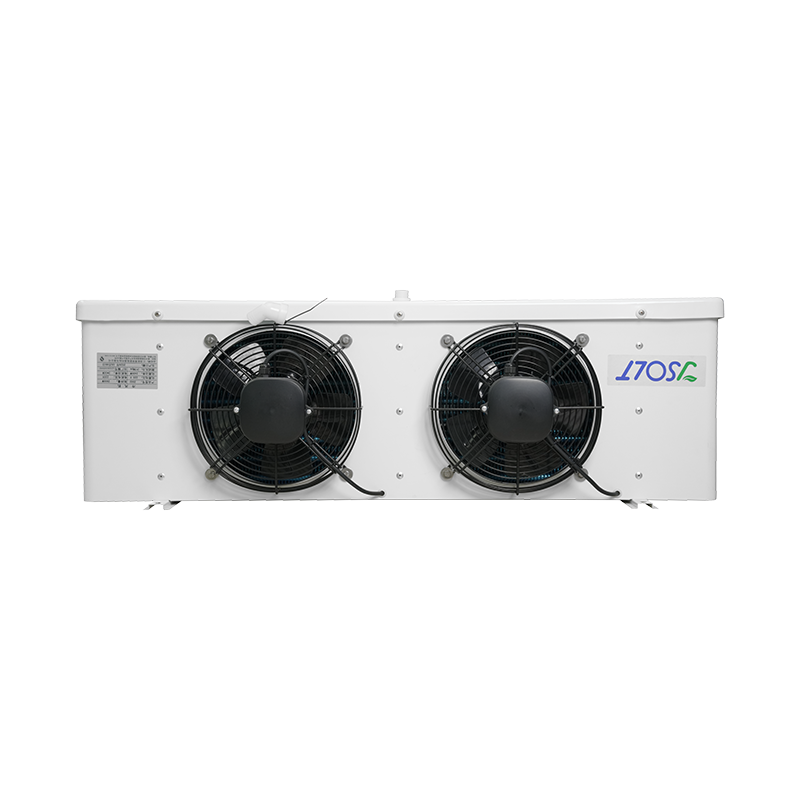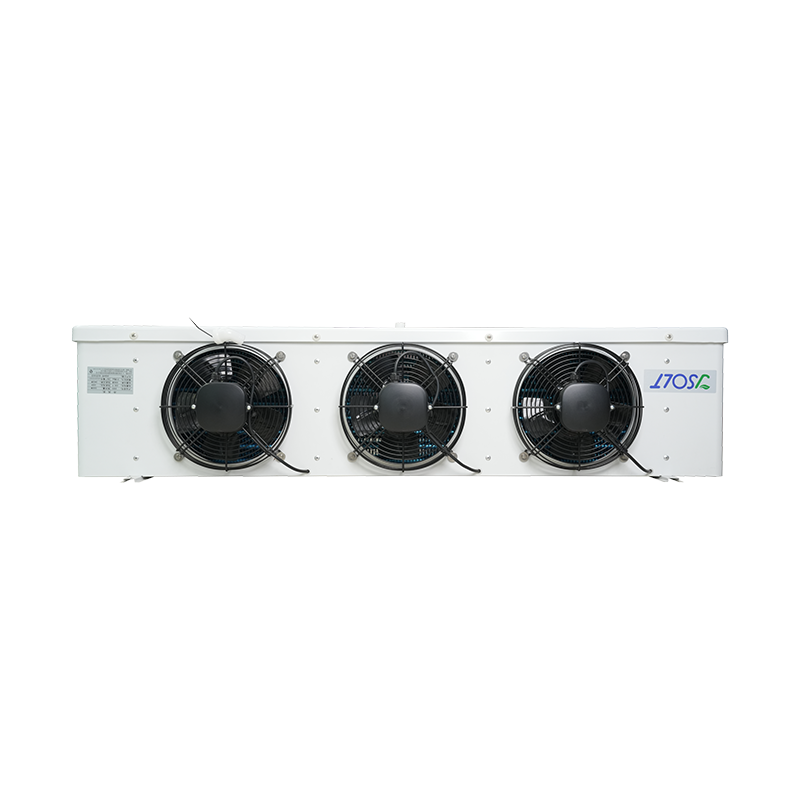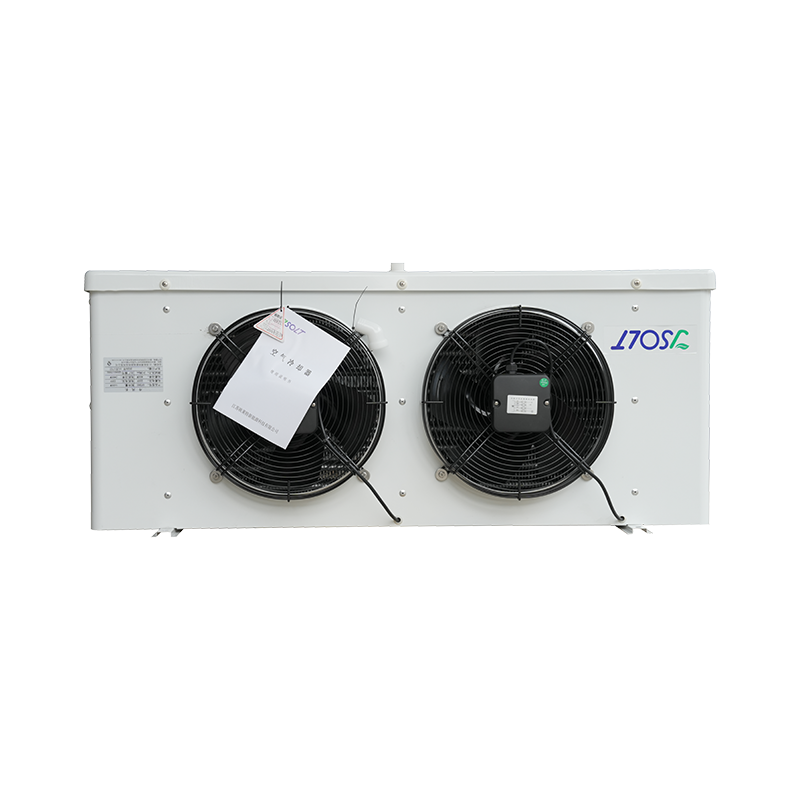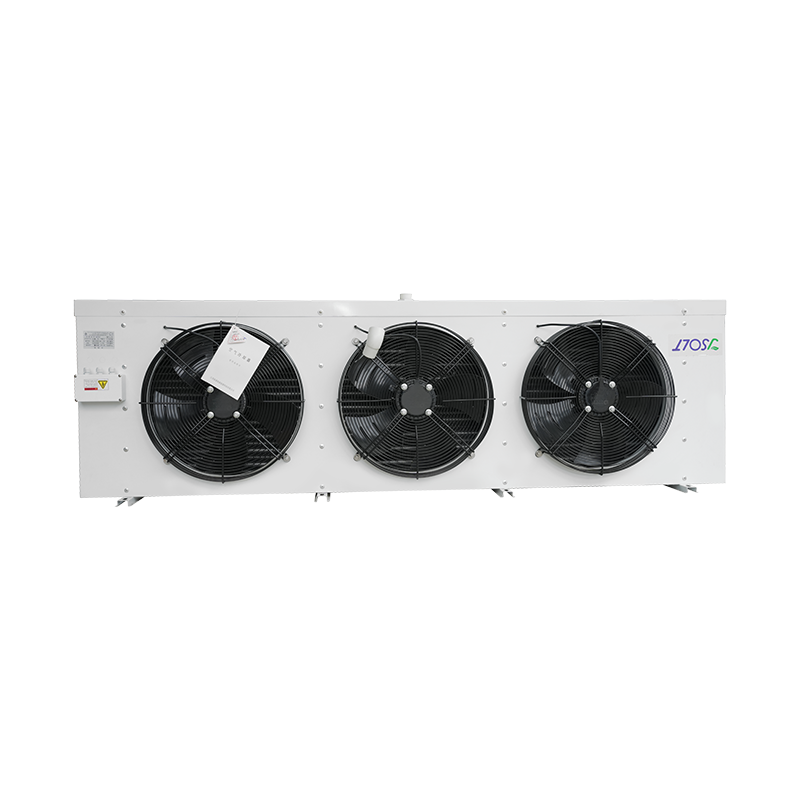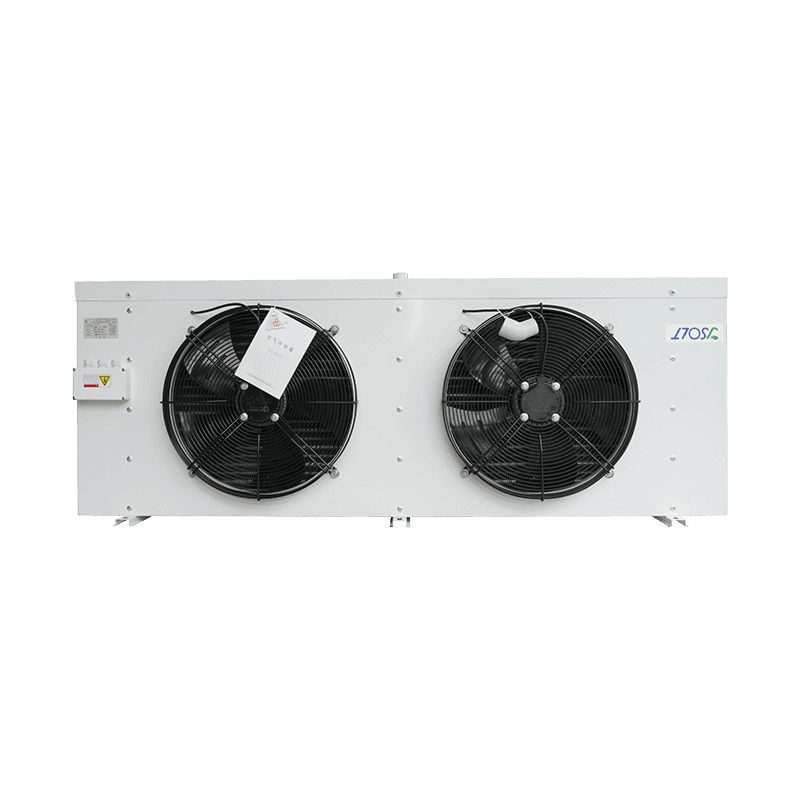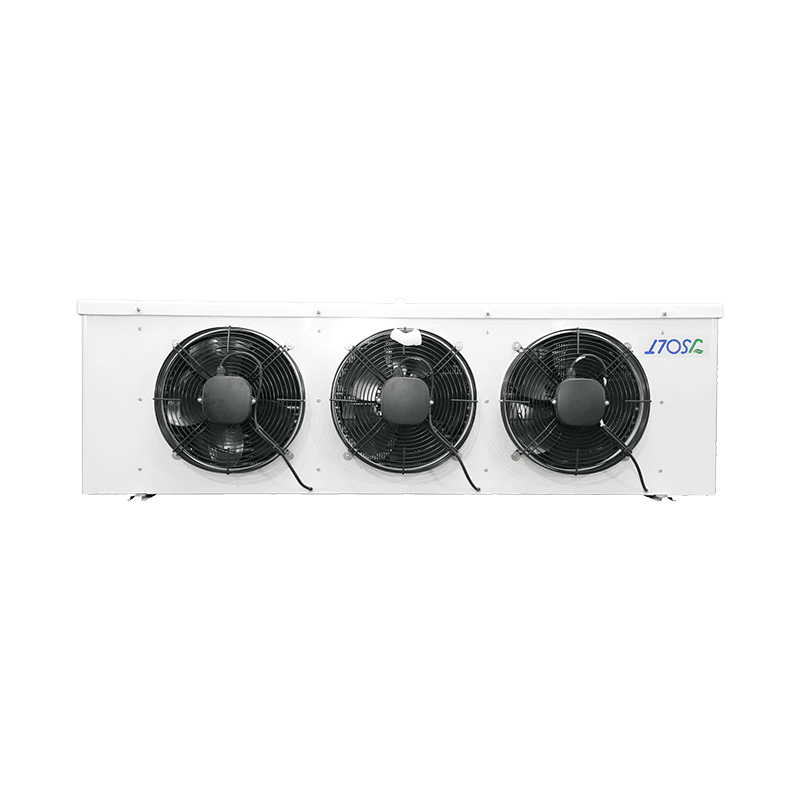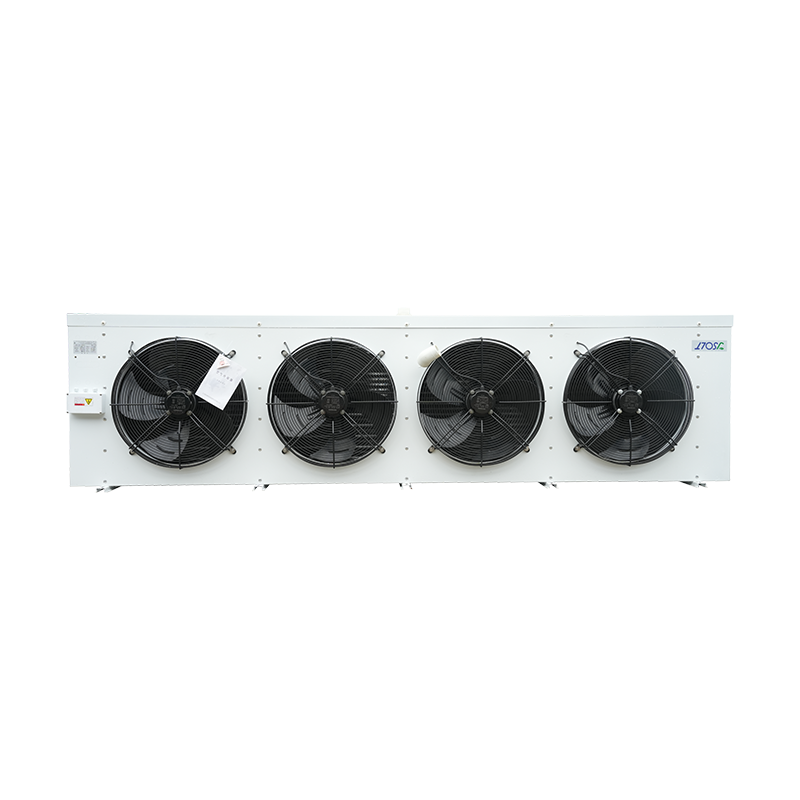
Web Menu
Product Search
Exit Menu
Product categories
News categories
RECENT POSTS
-
What should I do if frost forms on the evaporator unit?
Oct 10,2025 -
What's the difference between an ICEMachine and a home ice maker?
Oct 03,2025 -
What is an air conditioner evaporator?
Sep 26,2025 -
What are the different types of ice machines?
Sep 19,2025 -
What is the function of an evaporator?
Sep 12,2025
What should I do if frost forms on the evaporator unit?
Troubleshooting measures for frost on the evaporator unit
1. Check and adjust the refrigeration system's operating parameters
Confirm that the evaporator's inlet air temperature, humidity, and refrigerant flow rate meet design requirements.
If the refrigerant flow rate is insufficient or the evaporating temperature is too low, increase the refrigerant pressure or adjust the set temperature appropriately to prevent frost formation caused by overcooling.
2. Clean or replace the defrost device
Check defrost systems equipped with electric heating elements, hot air circulation, or hot water circulation to ensure that the heating elements are functioning properly.
If the defrost device is aged or damaged, replace it promptly to restore defrost function.
3. Keep the evaporator surface clean
Regularly remove dust, oil, and impurities from the evaporator fins to prevent reduced heat exchange efficiency and the formation of localized frost at low temperatures.
Use a dedicated cleaning agent and a soft brush for maintenance to avoid mechanical damage to the fins.
4. Optimize the system's circulating air volume
Check the fan's operating status to ensure that the air volume is evenly distributed across the evaporator surface. If the fan speed is too low or unbalanced, repair or replacement should be performed to ensure adequate air flow and reduce the risk of frost.
How to assess the lifespan of the evaporator unit?
1. Operating Hours and Accumulated Workload
Record the cumulative operating hours of the evaporator and the operating hours under different load conditions.
Compare actual operating conditions with the manufacturer's design lifespan (e.g., 10,000 hours) to preliminarily determine the remaining lifespan.
2. Inspection of Wear and Corrosion of Key Components
Perform visual or instrumental inspection of components such as fins, piping, and seals to assess for corrosion, cracks, and deformation.
Measure the thickness of metal surfaces to determine if there is significant material loss.
3. Performance Parameter Degradation Trends
Regularly measure key evaporator indicators such as cooling efficiency, pressure drop, and air outlet temperature.
If cooling efficiency drops by more than 5% or pressure drop increases significantly, this indicates increased internal resistance and the unit's lifespan may be nearing its end.
4. Maintenance Records and Fault History Analysis
Collate past repairs, parts replacements, and fault reports to analyze fault frequency and types. Trend analysis can be used to determine if recurring problems are occurring. If so, this may indicate that the overall lifespan is about to reach a critical point.
related products

-
 224 Yongping Road, Science and Technology Enterpreneurship Park, Gaogang District, Taizhou City, Jiangsu Province
224 Yongping Road, Science and Technology Enterpreneurship Park, Gaogang District, Taizhou City, Jiangsu Province  +86-18082061600
+86-18082061600 [email protected] / [email protected]
[email protected] / [email protected]
Copyright © 2024 Taizhou Best Refrigeration Equipment Manufacturing Co., Ltd All Rights Reserved. Refrigeration Equipment Manufacturer Custom Refrigeration Equipment Factory


 EN
EN
 English
English русский
русский Español
Español